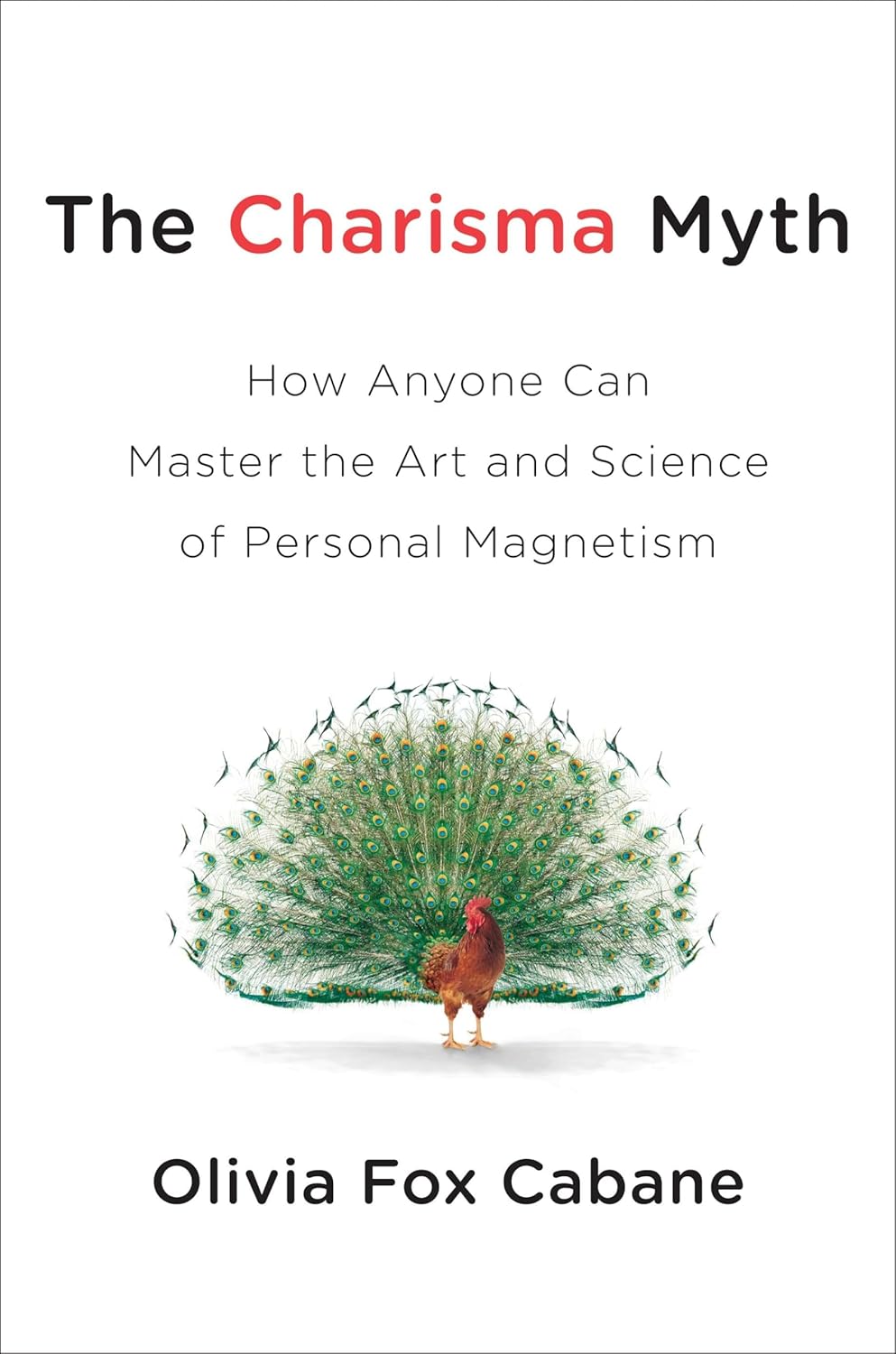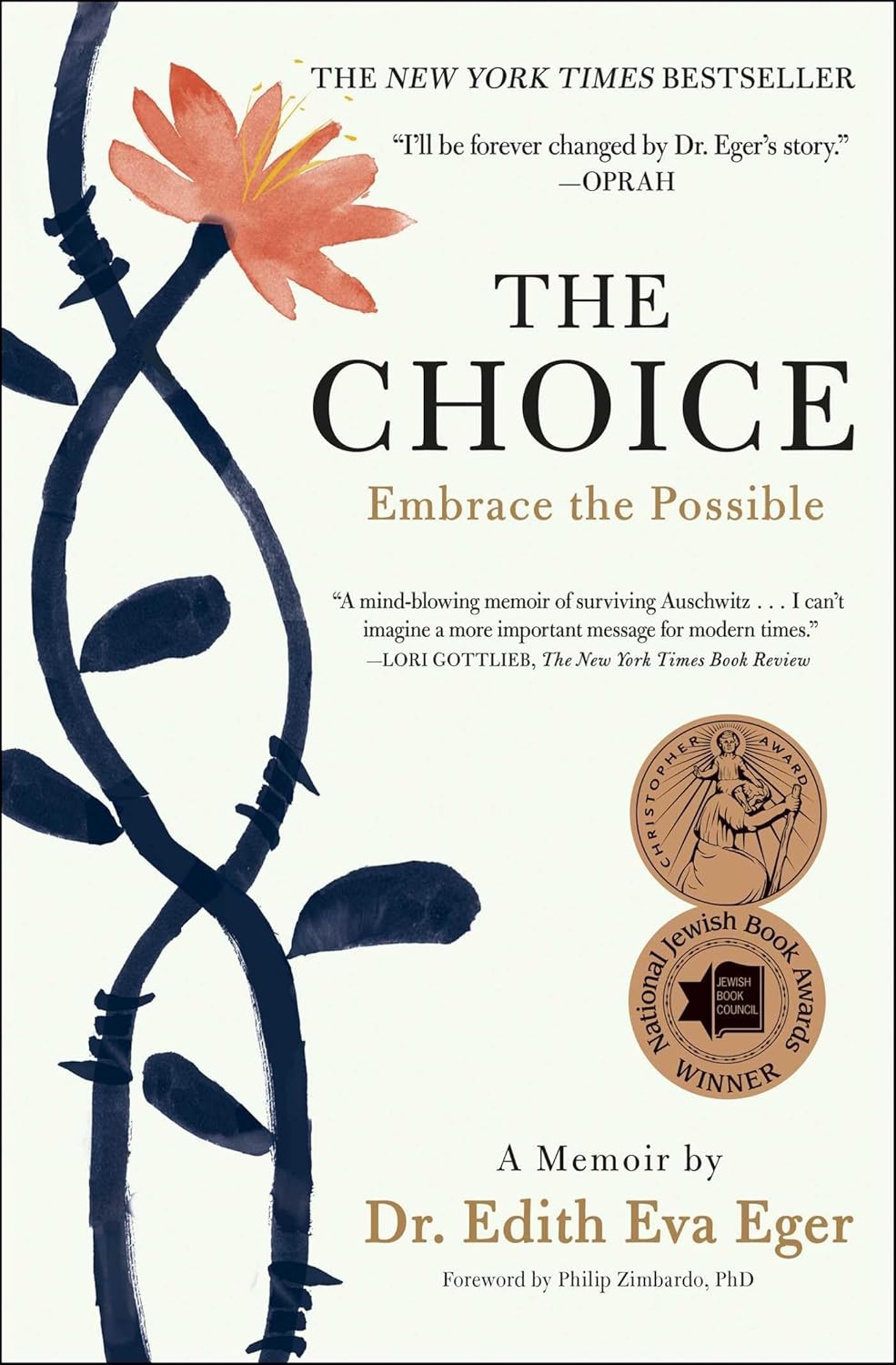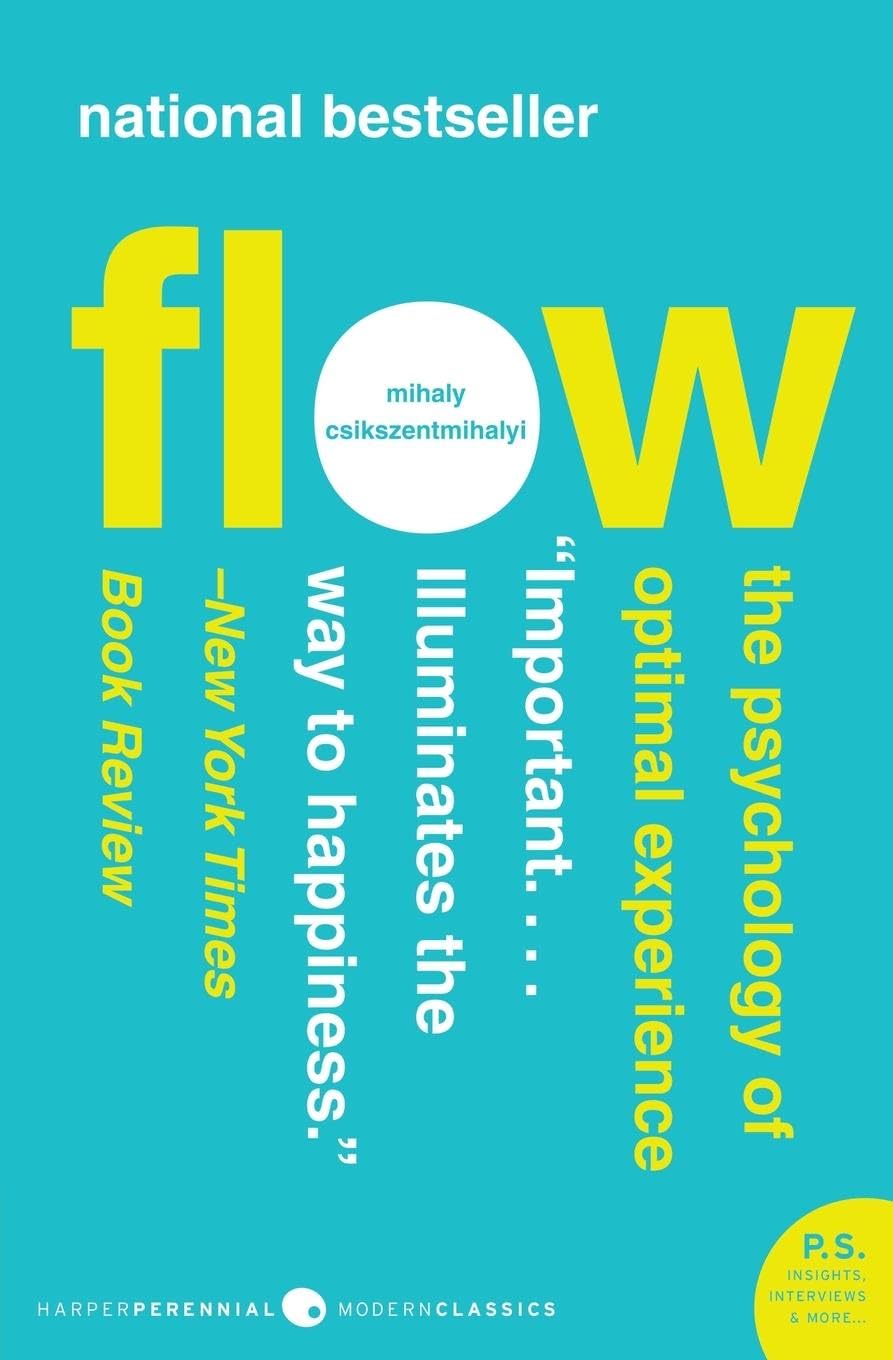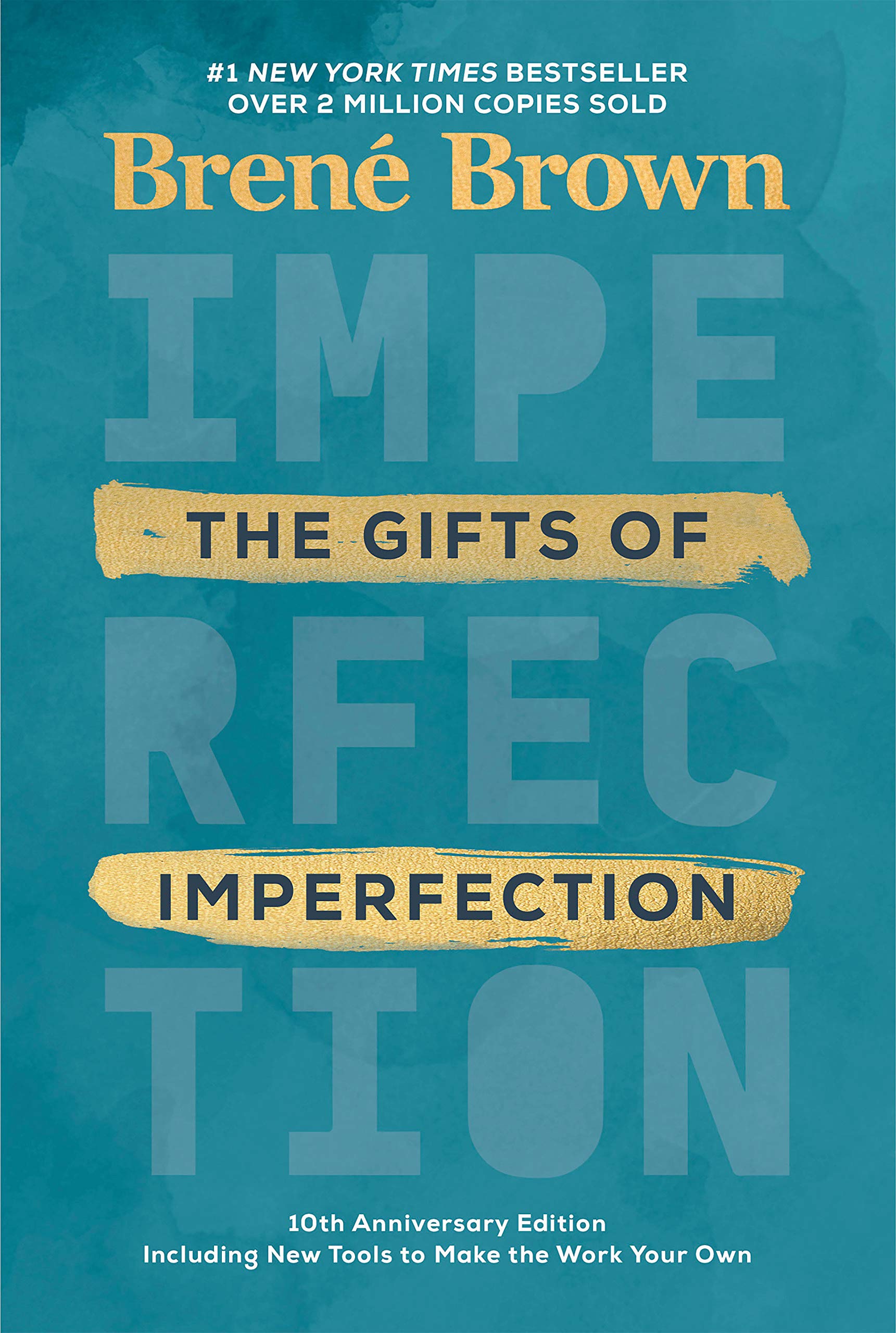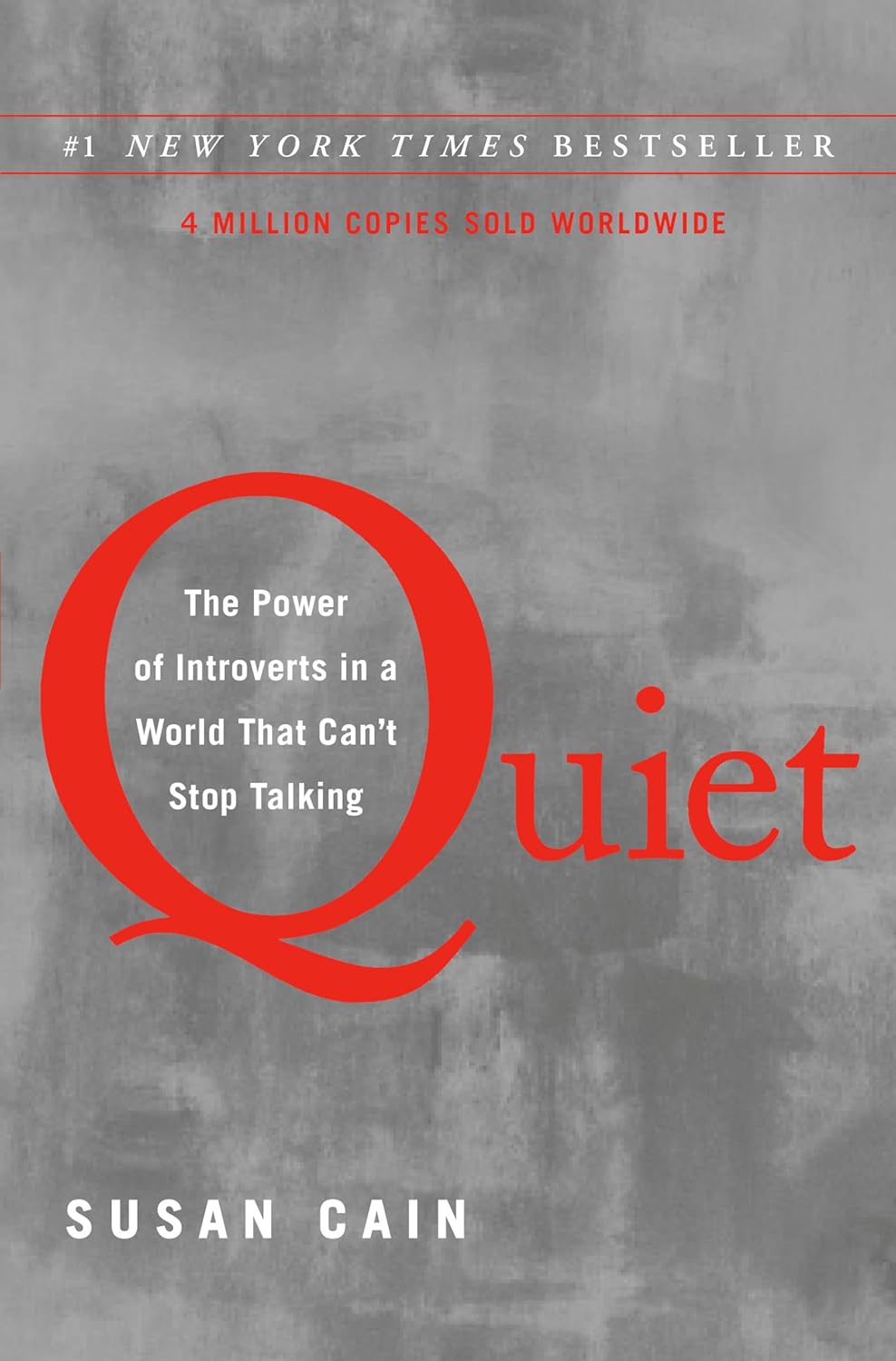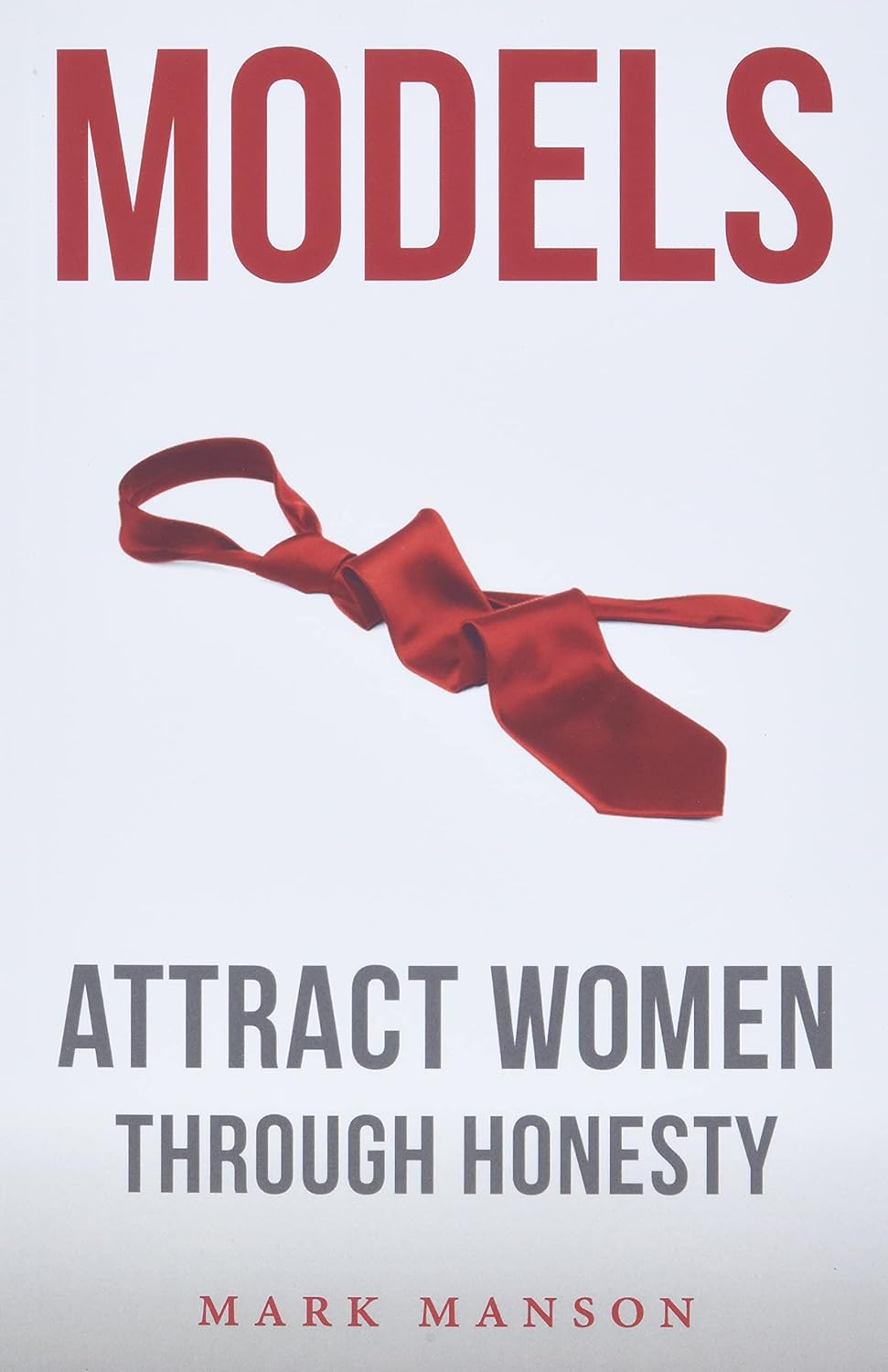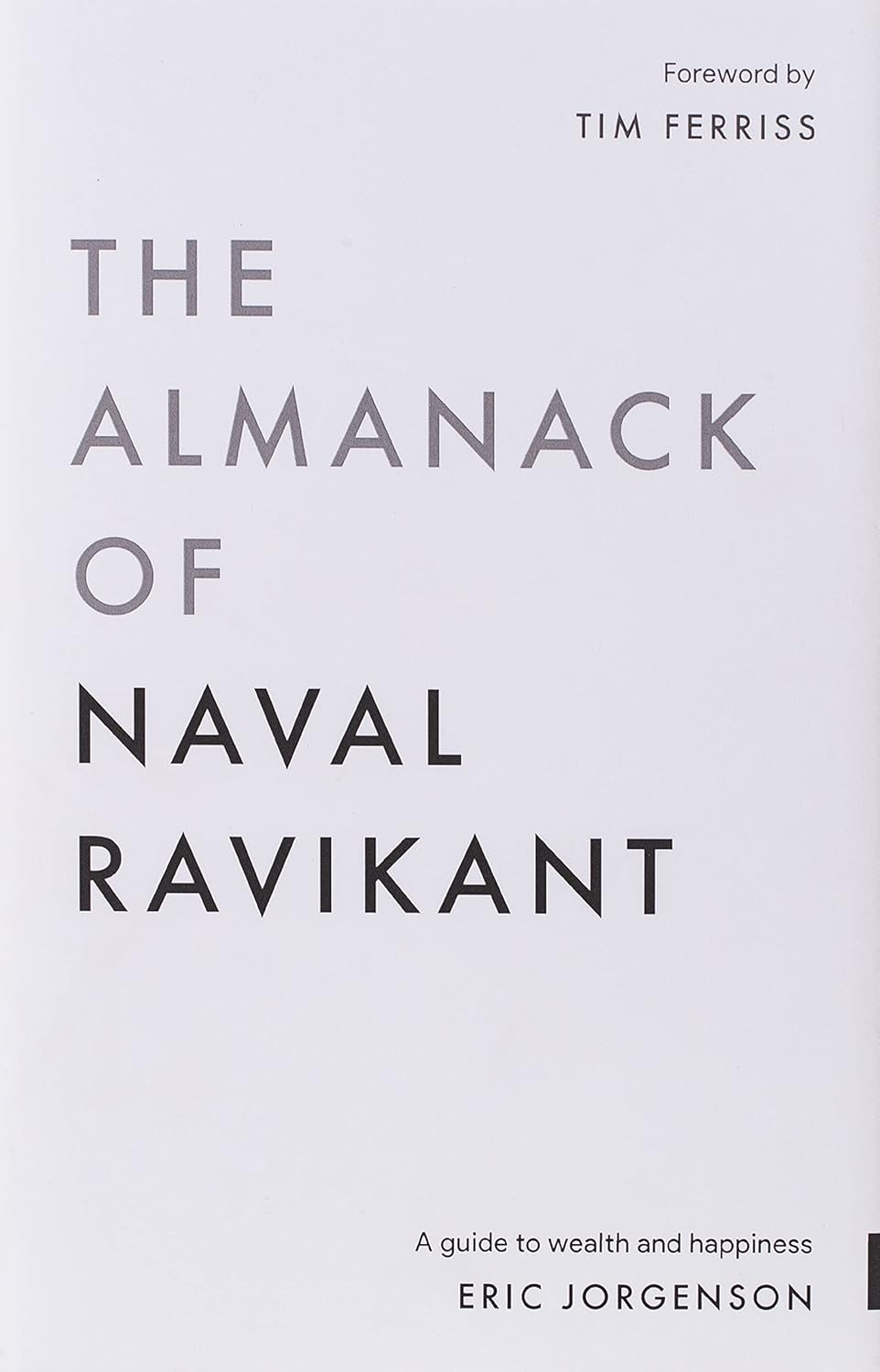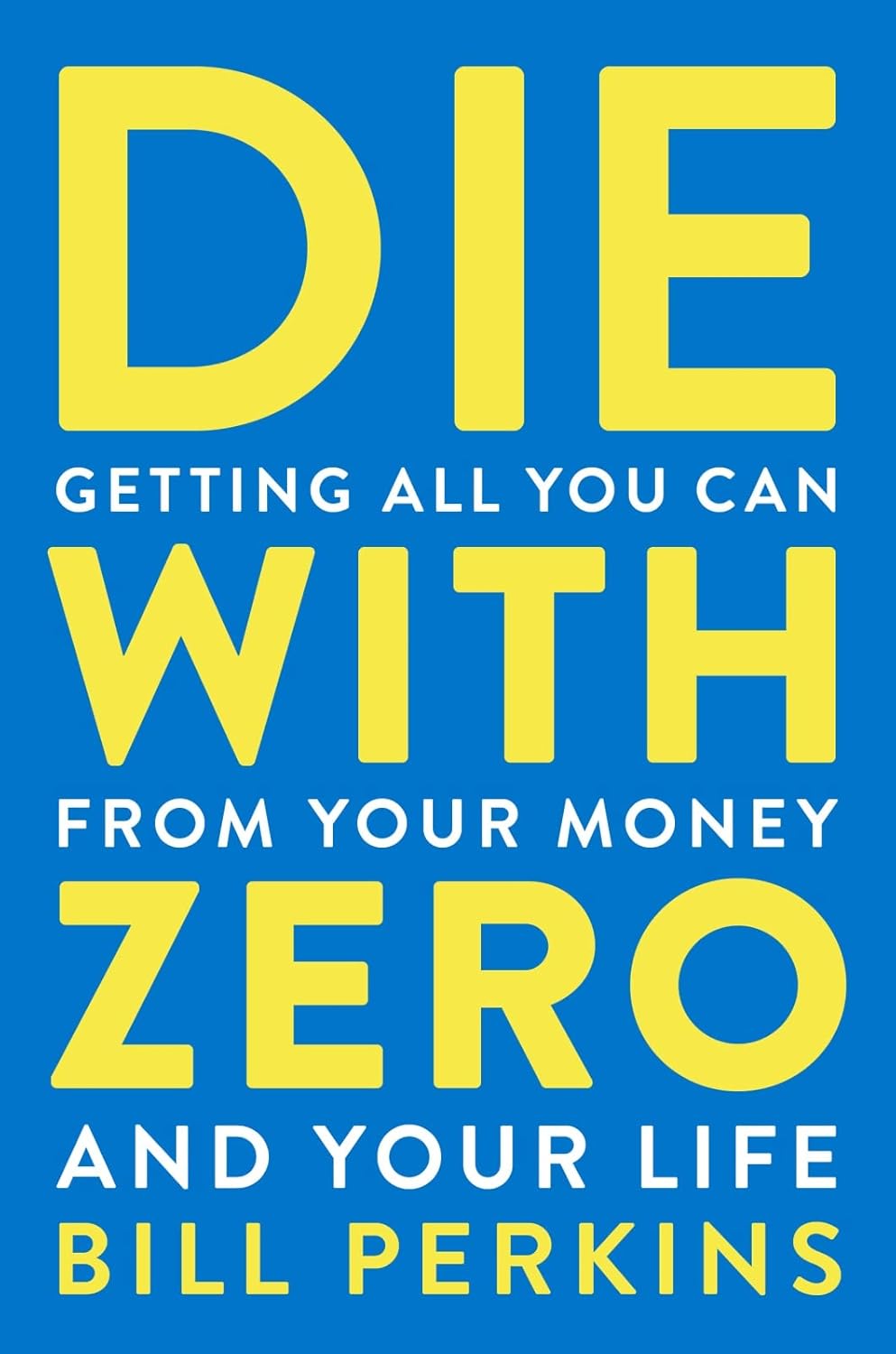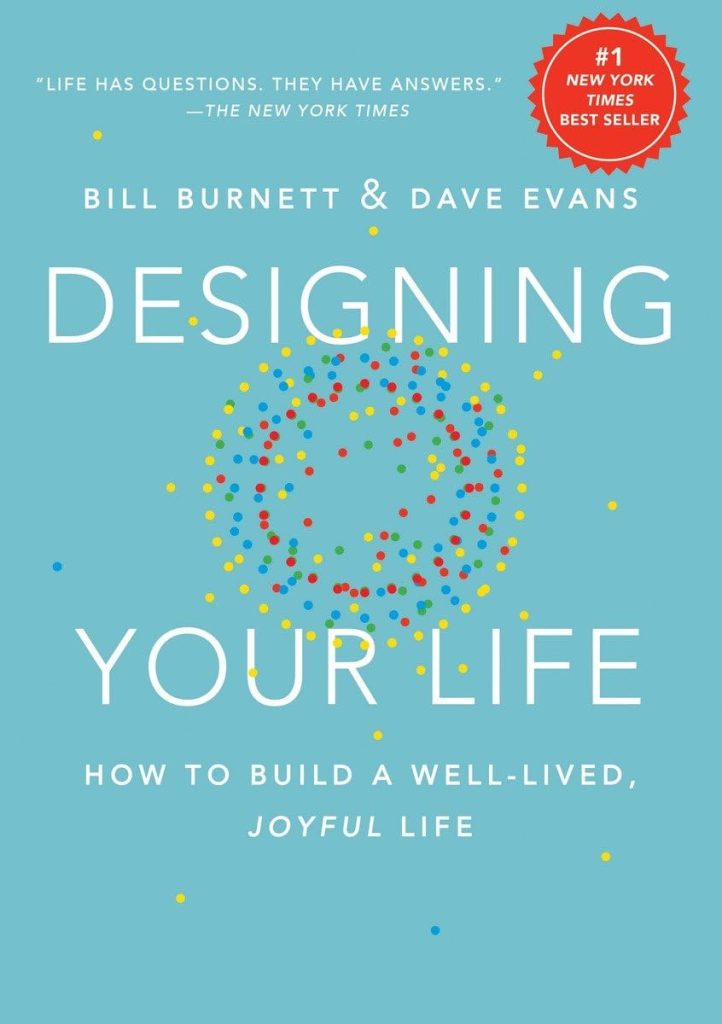
Buy The Book
Designing Your Life: Build a Life that Works for You
About
“Designing Your Life” provides a fresh perspective on how to approach life’s challenges and uncertainties through the lens of design thinking. The authors encourage readers to think like designers: experimenting, prototyping, and iterating their way to a more satisfying and meaningful life. By reframing problems and embracing curiosity, the book offers practical exercises and actionable strategies to help individuals move past obstacles, make confident decisions, and create a life that feels intentional. Grounded in real-life examples and research, it’s a hands-on guide to finding clarity and direction, no matter where you are in life.
The authors, Bill Burnett and Dave Evans, are thought leaders in design and innovation. Both are professors at Stanford University, where they teach the popular “Designing Your Life” course, blending their expertise in engineering, design, and personal development.
For People
– Career changers or seekers of professional clarity
– Individuals feeling stuck or unfulfilled in life
– Recent graduates entering the workforce
– Midlife professionals exploring new paths
– Anyone interested in personal growth and self-discovery

Spark
Review
Like this
✦ 1. Start Where You Are
The journey to designing a fulfilling life begins with taking stock of where you currently stand. Life is made up of multiple areas—work, health, play, and love—and understanding how satisfied you are in each of these parts is essential. By using tools like the “Life Dashboard,” you can measure your satisfaction in these areas, identifying what’s working well and what might need attention. This isn’t about being critical or judgmental but about gaining clarity and awareness. Balance is key, but it’s also important to recognize that perfection isn’t the goal. Life is messy and dynamic, and there’s no need to have everything figured out at once. Embrace the idea that there isn’t a single perfect path; instead, life is an iterative process, shaped one step at a time. This perspective helps shift the focus from trying to “get it right” to simply taking action and learning along the way.
The first step is to be honest with yourself about your current reality. Are you dedicating enough time to the things that you value most? Are you neglecting any areas that could bring more joy or fulfillment? By answering these questions, you create a foundation for intentional change. Start small, and don’t let fear or overthinking hold you back. Life is a series of experiments, and clarity comes through action. Knowing where you are right now is the first step toward designing a life that feels meaningful and authentic.
✦ 2. Building a Compass
To create a meaningful life, it’s essential to have a guiding sense of direction. This direction comes from understanding what matters most to you, and building a compass is the way to navigate life’s uncertainties. Start by reflecting on your beliefs about work and life. Write down your “Workview,” which explores your thoughts on what work means to you and the role it plays in your life. Is work about earning money, making an impact, expressing creativity, or contributing to a larger purpose? Then, articulate your “Lifeview,” which dives into your broader beliefs about how life should be lived and what brings meaning.
Once these two views are written down, compare them to see where they align or conflict. Alignment between your Workview and Lifeview creates a strong foundation for making decisions that feel right. If there’s tension between them, use that insight to adjust how you approach decisions or goals. This compass doesn’t give you a step-by-step plan, but it acts as a tool to evaluate choices and ensure they reflect your values. When faced with big decisions or moments of doubt, return to this internal compass to stay grounded.
Life isn’t about chasing one ultimate goal or destination; it’s about living in a way that feels meaningful and authentic every day. By knowing what matters most to you, you can confidently move forward, even when the road ahead is unclear. A well-built compass ensures your choices align with who you truly are.
✦ 3. Wayfinding
Figuring out the right direction for your life isn’t about finding one perfect answer but about paying attention to what feels energizing and engaging. Wayfinding is the process of navigating life step by step, guided by curiosity and the experiences that bring you joy or fulfillment. Begin by noticing where you feel most alive—what activities or moments make time fly? These moments provide clues about what matters to you and where you might want to focus your energy.
Rather than waiting for a clear vision or grand epiphany, take small steps to explore your interests. Try “prototypes” or low-risk experiments, such as shadowing someone in a job you’re curious about, taking up a new hobby, or having conversations with people who inspire you. These actions don’t require a massive commitment but allow you to gather information and test different directions. Trust your instincts and emotional responses during this process; they often provide valuable guidance.
Wayfinding is not about solving a puzzle or achieving a fixed destination but about staying open to discovering new possibilities. It’s a dynamic and evolving process that requires flexibility and a willingness to adapt. By focusing on what feels right in the present and continuously experimenting, you move closer to a life that aligns with your values and passions. The goal isn’t perfection but progress—finding joy and meaning along the journey, not just at the destination.
✦ 4. Getting Unstuck
Getting stuck is a natural part of life, but it doesn’t mean you have to stay there. The key to breaking free from this feeling is to reframe the problem. Often, the way a challenge is approached creates the sense of being trapped, rather than the challenge itself. Start by examining how the issue is framed—are you looking at it from a narrow perspective? Broadening your view or redefining what success looks like can open up new possibilities.
One effective way to get unstuck is by brainstorming without judgment. Focus on generating as many ideas as possible, regardless of whether they seem practical or realistic. This process often sparks creativity and leads to unexpected solutions. Tools like “mind mapping” can help visually connect ideas, revealing patterns or options that weren’t initially obvious.
Prototyping is another powerful strategy. Instead of committing fully to a big decision, test it out with small, actionable steps. For example, if you’re considering a career change, try taking a short course or volunteering in the field to see how it feels. These experiments provide valuable feedback and reduce the pressure of making the “right” choice immediately.
Let go of the idea that there’s a single perfect solution. Life offers many paths to meaning, and the goal is to keep moving forward, even in small increments. By reframing challenges, brainstorming, and experimenting, it’s possible to regain momentum and start designing a life that feels fulfilling.
✦ 5. Design Your Lives
There is no single “right” life waiting to be discovered. Instead, there are multiple versions of a fulfilling life, each with its own possibilities and trade-offs. Start by creating three different versions of what your life could look like over the next five years. Each version should be distinct and reflect alternative paths you might consider. The first version could focus on what happens if you continue on your current trajectory. The second might explore a major change—pursuing a dream or an entirely new direction. The third can be a wildcard, a version of life that feels exciting but perhaps unconventional or even a little unrealistic.
Once these versions are sketched out, evaluate them by considering three factors: resources, likability, and confidence. Do you have the resources (time, money, support) to pursue this path? How much do you think you’d enjoy it? And how confident are you in your ability to succeed? Don’t worry about choosing the “best” option upfront. The goal is to open your mind to possibilities and see that there are many ways to design a meaningful future.
Share these ideas with trusted friends or mentors to gather feedback and gain new perspectives. This process isn’t about locking into one plan but rather about fostering creativity and gaining clarity. By embracing the idea of multiple lives, you free yourself from the pressure of finding the single perfect path and instead focus on designing a life that resonates with your values and interests.
✦ 6. Prototyping
Prototyping is a way to test out ideas and possibilities without committing to them completely. It’s about taking small, tangible steps to explore what might work for you. Instead of overanalyzing or trying to figure everything out in your head, try things out in the real world. This could mean engaging in conversations with people who are already doing what you’re curious about, shadowing someone in a role you’re considering, or trying a short-term project to see how it feels. These experiments help you gather information, reduce uncertainty, and uncover insights you can’t get from simply thinking.
The beauty of prototyping is that it lowers the stakes. You don’t have to have everything figured out before taking action. By experimenting, you get to experience what works and what doesn’t, which ultimately helps you make better decisions. Prototypes are not about success or failure; they’re about learning. Even if an experiment doesn’t lead to the outcome you expected, it still provides valuable information that can guide your next steps.
Prototyping also helps combat the fear of making a wrong choice. It allows you to explore new directions without fully committing to them. You might discover that something you thought was appealing isn’t actually a good fit, or you might uncover unexpected opportunities along the way. The process is about staying curious, testing ideas, and building momentum. By trying things out, you move closer to creating a life that aligns with your passions and priorities.
✦ 7. How Not to Get a Job
Landing a job isn’t about sending out hundreds of resumes or applying to every opening you find. That approach often leads to frustration and rejection because it’s impersonal and doesn’t reflect what employers are really looking for. Instead of relying on job boards and online applications, focus on building genuine connections and understanding the hidden job market. Most opportunities come through networking and personal relationships, not through formal postings.
Start by identifying industries, roles, or companies that interest you. Then, reach out to people who are already working in those areas. Conduct informal interviews to learn about their experiences, challenges, and insights. This isn’t about directly asking for a job; it’s about learning and building relationships. By showing curiosity and interest, you create meaningful connections that could lead to opportunities later on.
Another common mistake is approaching the job search with a fixed mindset. Instead of looking for a single “dream job,” think about roles as stepping stones that help you grow and learn. Focus on aligning your strengths and interests with roles that allow you to contribute meaningfully while continuing to explore your long-term goals.
Avoid treating the process like a checklist or formula. Employers want to see authenticity and enthusiasm, not a generic application. By prioritizing connections, staying curious, and approaching the search with an open mind, you increase your chances of finding opportunities that align with your skills and values, rather than just settling for what’s available.
✦ 8. Designing Your Dream Job
Creating your ideal role starts with understanding what truly excites and motivates you. Instead of waiting for the perfect job to appear, take an active approach by designing a role that aligns with your passions, skills, and values. Start by identifying what energizes you, what you’re naturally good at, and what kind of impact you want to make. Reflect on moments when you’ve felt most engaged and fulfilled—these provide clues about the type of work that suits you best.
Once you have clarity on what you want, think creatively about how to integrate those elements into a role. This could mean negotiating new responsibilities in your current job, proposing a unique position within an organization, or even starting your own venture. Don’t be afraid to think outside traditional job descriptions; many roles are created through collaboration and innovation rather than existing as pre-defined options.
Building connections is key to designing your dream job. Talk to people who are doing work you admire, and learn how they got there. Use these conversations to gather insights and inspiration for your own path. Networking isn’t just about finding opportunities; it’s also about understanding how to craft a role that fits your vision.
Finally, remember that no job is perfect, and your dream role will likely evolve over time. Focus on progress rather than perfection. By continuously refining and adapting your work to align with your passions and values, you can create a career that feels both meaningful and fulfilling.
✦ 9. Choosing Happiness
Happiness doesn’t just happen—you have to actively make choices that lead to it. Begin by understanding the difference between being happy in the moment and long-term satisfaction. Momentary happiness comes from small pleasures or achievements, but deep satisfaction comes when your work and life align with your values and bring a sense of purpose. To make better choices, reflect on what truly matters to you and ensure that your decisions are guided by those priorities.
A common trap is falling into decision paralysis, where you overanalyze every possible option in fear of making the wrong choice. Instead of searching for the perfect decision, focus on choosing what feels “good enough” and aligns with your goals. Most decisions don’t have permanent consequences, and even when things don’t go as planned, you can adapt and adjust. Choosing happiness means embracing flexibility and not letting fear of failure hold you back.
Remember to gather data from your own experiences. Pay close attention to the moments when you feel energized, fulfilled, or at peace. These moments provide clues about what adds meaning to your life. Use them as a guide to make choices that bring more of that energy into your daily routine.
Ultimately, happiness is less about the external circumstances of your life and more about how you approach it. By intentionally aligning your decisions with your values and embracing life as a series of experiments, you can create a more joyful and meaningful existence.
✦ 10. Failure Immunity
Failure is inevitable, but it doesn’t have to define you. Instead of fearing failure, learn how to use it as a tool for growth and resilience. Start by reframing your perspective on setbacks. Rather than seeing them as personal shortcomings, view failures as data points—valuable information that helps you understand what works and what doesn’t. This mindset allows you to separate your self-worth from the outcomes of your efforts, making it easier to bounce back and try again.
One way to build immunity to failure is to embrace a “failure prototype” approach. When you try something new, treat it as an experiment rather than a final judgment on your abilities. This reduces the pressure to succeed and shifts the focus to learning. Even if the prototype doesn’t work, it provides insights that guide your next steps. Every failure brings you closer to finding what works.
Resilience also comes from reflecting on past failures with curiosity rather than judgment. Ask yourself what happened, what you learned, and how you can apply those lessons moving forward. This process turns failure into a stepping stone rather than a roadblock.
Cultivating a mindset of experimentation and learning makes you less afraid to take risks. You’ll realize that failure isn’t something to be avoided but something to be embraced as part of the process of designing a meaningful life. By building this resilience, you can move forward with confidence, no matter what challenges arise.
✦ 11. Building a Team
Designing a meaningful life isn’t something you have to do alone. Surrounding yourself with the right people—your team—can provide the support, encouragement, and perspective you need along the way. Begin by identifying who is already part of your life and who plays important roles. These could include friends, family, mentors, colleagues, or even people you admire from afar. Each person brings different strengths and insights, and together they form a network that can help you navigate challenges and explore opportunities.
Your team should include people who believe in you and your potential. These are the ones who inspire you, challenge you to think bigger, and help you see possibilities you might not have considered. At the same time, it’s important to have people who will be honest with you and provide constructive feedback. Building a balanced team means including both cheerleaders and truth-tellers.
Don’t forget that your team is dynamic—it will evolve over time as your needs and goals change. Be intentional about maintaining and nurturing these relationships. Regular check-ins, meaningful conversations, and acts of appreciation go a long way in strengthening your connections.
You are not meant to figure everything out on your own. Collaboration makes the process richer and more rewarding. By leaning on the people who care about you and seeking out those who can guide or challenge you, you create a support system that helps you design a life that’s more fulfilling and aligned with your aspirations.






